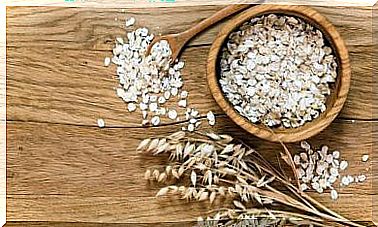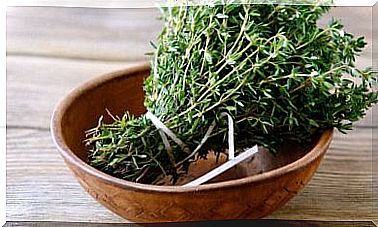Types And Varieties Of Plums
Plum is a fruit that many of us have tried at some point. While most only identify red or violet, there are other varieties. Here are more details.
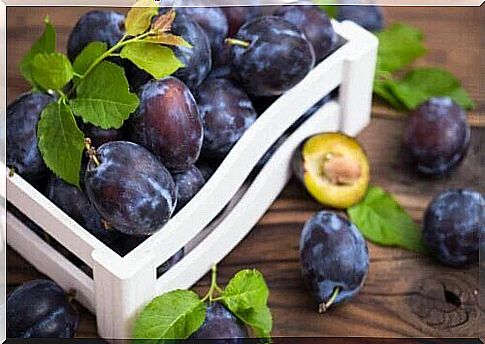
Do you know the existing varieties of plums? Although most people have eaten this fruit before, not everyone knows what the specific differences each type are. Therefore, in this article we tell you more about this topic.
Plum is a fruit that has a special flavor; it can be sweet or have a high degree of acidity. For this reason, there are those who are fans of it, and those who hate it. In addition, plum has nutrients that are beneficial for the body, such as fiber, vitamins A, C, and E, minerals such as magnesium, zinc, and selenium.
plum tree
This fruit comes from the plum tree, which is part of the Rosaceae family and belongs to the subgenus Prunus. Such as almond, cherry and peach.
Usually it is 5-6 meters tall, has a smooth or cracked-looking trunk and branches with thorns in some species. In addition, its leaves are elliptical in shape with jagged edges and it has white flowers with buds that are rough to the touch. Its strong point is that it can withstand low temperatures and frost.
The fruits that this tree produces can be yellow, purple, red, white or green. Inside, they have juicy flesh with a firm consistency and an inedible kernel or seed. On the outside, they have a smooth and flexible shell. In general, yellow plums are distinguished by their acidity, those with red or purple tones are sweet, and green ones are bitter.
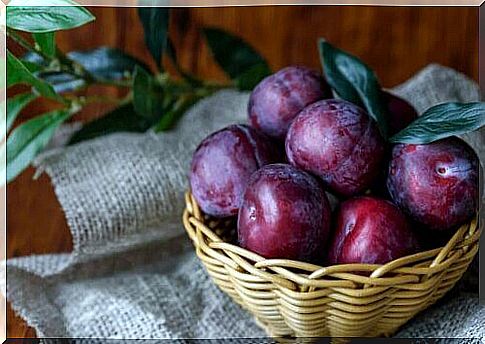
Types of plums
According to what is expressed by the Argentinian pest monitoring and control system, the best-known varieties are the European and Japanese types, which, in turn, feature different plum varieties. However, another way to sort might be by color. Here we explain the different types in detail.
European plums ( Prunus domestica )
The European plum is the most common. These fruits are usually light green (like the Claudia variety) or purple. They do not contain a significant amount of water, so they are useful for drying.
Of course, they can also be eaten as fruit or used to make candies, compotes, jams and preserves. They are cultivated in France, England, Belgium and Spain. Specifically, the varieties belonging to this group are Claudias, Stanley, President, Giant and Ana Apath.
Japanese plums ( Prunus salicina )
In general, they are eaten fresh. They have reddish or black skin, although there are light yellow varieties. These are characteristics of hot climates. In this type are found the following varieties: Red Beauty, Golden Japan, Menthey, Formosa, Santa Rosa.
Yellow plum
It is also known as lemon plum and is the fruit of the Hobo, Jobo or Yuplon tree. This type is native to the American continent and western India.
It is small in size compared to others, it has a firm pulp, and both inside and outside it has a yellow color. It is used to make cakes, desserts, jams, fruit juices, fruit preserves and plum brandy.
Plum varieties
As we have already mentioned, there are various varieties in these types. Here are more details:
Sungold yellow plum
It is a variety of Japanese plum that comes from South Africa, but is cultivated in several countries. This type is large and aromatic, it has yellow skin and when it reaches maturity it can reach a deep red.
The pulp is yellow or orange in color and has a remarkable sweetness. It can be eaten fresh, although it is also useful for making jams.
Red Beauty Red Plum
It is a variety of Japanese plum that has a rounded shape. Its skin is red in color and may turn dark, depending on the state of maturity. The interior is yellow and hard in texture; for this reason, it is interesting for handling and transport.
Golden Japan plum variety
It is a light yellow fruit with a shiny, hard skin. It has a juicy pulp and, like the previous ones, it is a Japanese variety. It is generally cultivated in France, Italy, South Africa and the United States.
Black amber
This fruit has black skin and a slightly flattened round shape. The flesh is amber in color and firm. Due to its hardness, it is resistant to manipulation. This variety of plum adapts to hot areas.
Santa Rosa
It is distinguished by its rounded and heart-shaped shape. It has dark red skin and inside it is amber yellow or light carmine. In addition, its pulp is juicy and has a flavor similar to strawberries.
Queen Claude Verte plum variety
It is a variety of plum of the European type. She is of medium height and rounded. On the outside, it is green, with a fine, juicy pulp. It is ideal to consume fresh, in compotes, preserves and jams.
Benefits of consuming different varieties of plums
According to various studies, the consumption of plums has beneficial effects on health. Specifically, this is because they provide antioxidants, phytochemicals (a diverse group of compounds found in plants), vitamins, and minerals.
To be clear, all of these varieties of plums, despite their different flavor or color, can contribute to well-being. In this regard, regular consumption of this fruit helps:
- Improves the condition of the skin and eyesight : thanks to its vitamin A contribution.
- Prevent constipation : it improves digestion, thanks to the intake of dietary fiber and sorbitol, its natural sweetener.
- Relieves water retention : its high potassium content promotes the elimination of fluids so that they do not accumulate in soft tissues, which is interesting in people with high blood pressure.
- Maintain the level of cholesterol and sugar in the blood : this action is also made possible by fiber, which prevents a strong absorption of fats.
- Strengthen the immune system : because it provides the vitamins and minerals that the body needs to function properly with regard to the cellular metabolism of white blood cells.
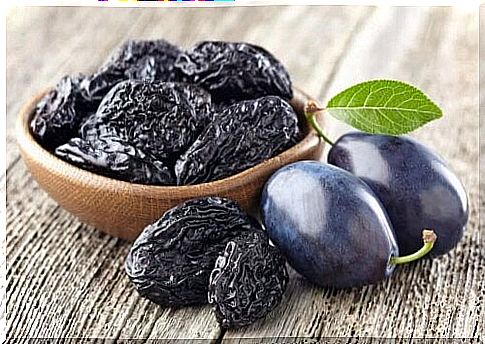
There are different types and varieties of plums for all tastes.
As you will see, there are several options for this fruit, in addition to the typical purple or red. Along with this, the taste, amount of water and nutrient intake they contain can vary.
Despite this, be aware that consuming any variety of existing plums brings health benefits. Fiber will regulate your gut, minerals will help the immune system, and potassium will help with blood pressure levels.




